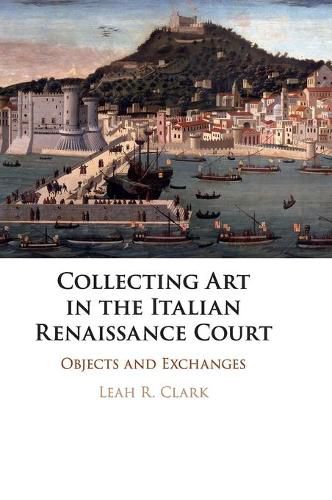Readings Newsletter
Become a Readings Member to make your shopping experience even easier.
Sign in or sign up for free!
You’re not far away from qualifying for FREE standard shipping within Australia
You’ve qualified for FREE standard shipping within Australia
The cart is loading…






In this book, Leah R. Clark examines collecting practices across the Italian Renaissance court, exploring the circulation, exchange, collection, and display of objects. Rather than focusing on patronage strategies or the political power of individual collectors, she uses the objects themselves to elucidate the dynamic relationships formed through their exchange. Her study brings forward the mechanisms that structured relations within the court, and most importantly, also with individuals, representations, and spaces outside the court. The volume examines the courts of Italy through the wide variety of objects - statues, paintings, jewellery, furniture, and heraldry - that were valued for their subject matter, material forms, histories, and social functions. As Clark shows, the late fifteenth-century Italian court an be located not only in the body of the prince, but also in the objects that constituted symbolic practices, initiated political dialogues, caused rifts, created memories, and formed associations.
$9.00 standard shipping within Australia
FREE standard shipping within Australia for orders over $100.00
Express & International shipping calculated at checkout
In this book, Leah R. Clark examines collecting practices across the Italian Renaissance court, exploring the circulation, exchange, collection, and display of objects. Rather than focusing on patronage strategies or the political power of individual collectors, she uses the objects themselves to elucidate the dynamic relationships formed through their exchange. Her study brings forward the mechanisms that structured relations within the court, and most importantly, also with individuals, representations, and spaces outside the court. The volume examines the courts of Italy through the wide variety of objects - statues, paintings, jewellery, furniture, and heraldry - that were valued for their subject matter, material forms, histories, and social functions. As Clark shows, the late fifteenth-century Italian court an be located not only in the body of the prince, but also in the objects that constituted symbolic practices, initiated political dialogues, caused rifts, created memories, and formed associations.